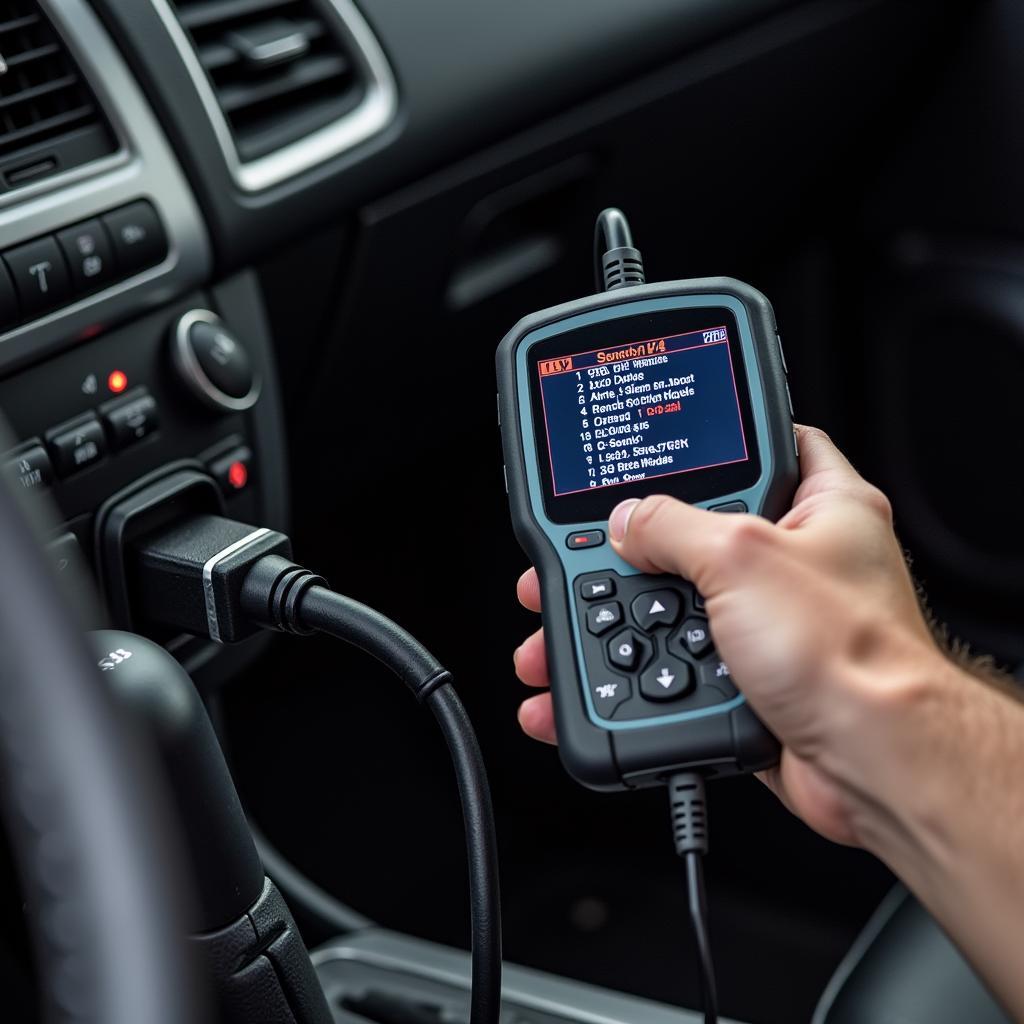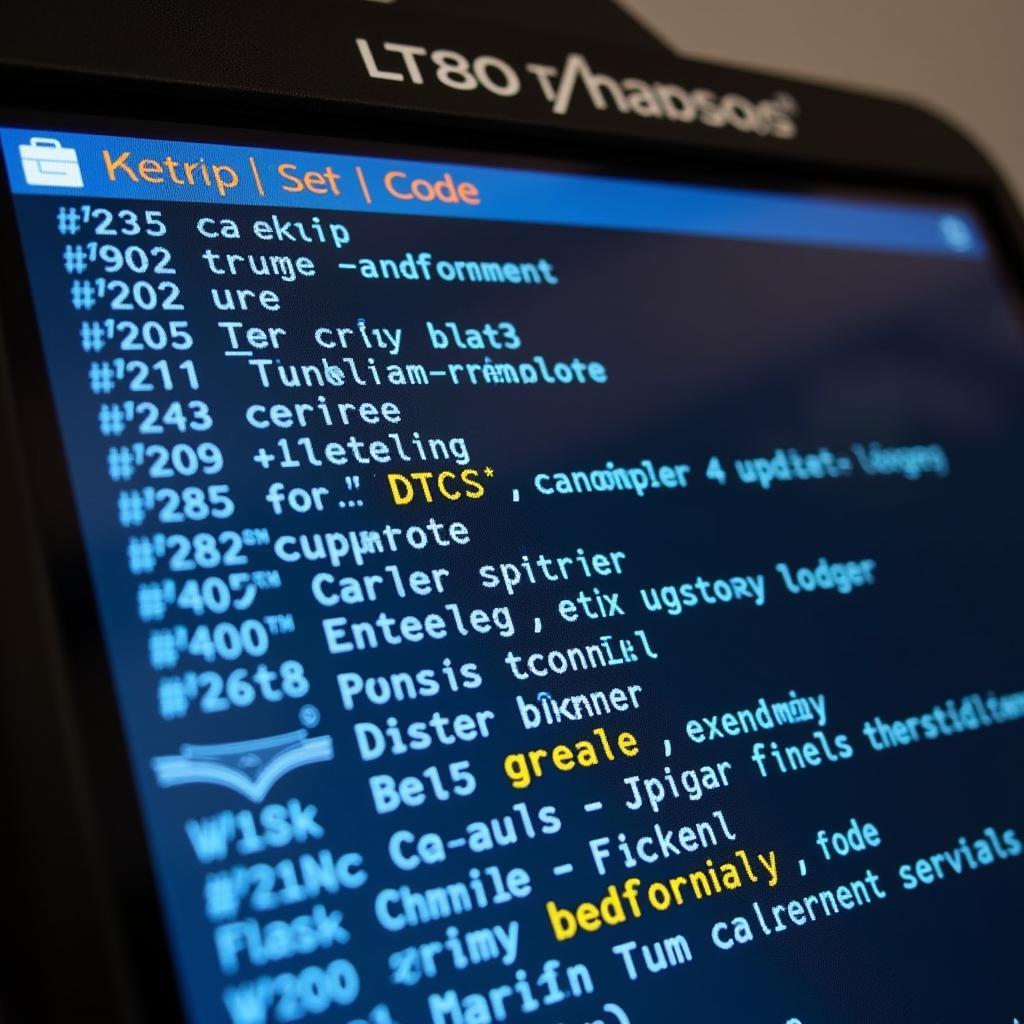In today’s digital age, hard drives play a crucial role in storing our valuable data. However, like any other computer component, hard drives can encounter issues that can lead to data loss or system instability. This is where a reliable hard drive diagnostic tool becomes indispensable, especially for Windows 7 users. This comprehensive guide will delve into the intricacies of hard drive diagnostic tools, equipping you with the knowledge to identify and potentially resolve hard drive problems.
Before we proceed, it’s important to note that while some diagnostic tools are compatible with various Windows versions, certain functionalities might be limited or unavailable in Windows 7 due to operating system constraints.
Understanding Hard Drive Diagnostic Tools
Hard drive diagnostic tools are software applications designed to examine your hard drive’s health, performance, and identify potential issues. These tools can range from basic utilities built into Windows 7 to more advanced third-party options.
Here are some common functions of hard drive diagnostic tools:
- SMART (Self-Monitoring, Analysis, and Reporting Technology) Analysis: This feature analyzes various attributes of your hard drive, providing insights into its overall health and predicting potential failures.
- Bad Sector Detection and Repair: These tools can scan your hard drive for bad sectors, which are damaged storage areas. Some tools may attempt to repair these sectors or mark them as unusable to prevent data corruption.
- Surface Scan: This function thoroughly examines the entire hard drive surface for errors, reading data from each sector to ensure its integrity.
- Disk Defragmentation: While not strictly a diagnostic function, defragmentation can improve hard drive performance by reorganizing fragmented files for faster access.
- Partition Management: Some advanced tools offer partition management capabilities, allowing you to create, delete, resize, or format partitions on your hard drive.
Choosing the Right Diagnostic Tool
Selecting the appropriate hard drive diagnostic tool for Windows 7 depends on your specific needs and technical expertise.
Built-in Windows 7 Tools:
- Check Disk (CHKDSK): Accessible through the command prompt or Windows Explorer, CHKDSK is a basic tool that can scan for and repair file system errors.
- Disk Defragmenter: Available through the Start menu, this utility helps optimize your hard drive’s performance by rearranging fragmented files.
Third-Party Tools:
Numerous third-party hard drive diagnostic tools are available, each with unique features and capabilities. Some popular options include:
- CrystalDiskInfo: A lightweight and user-friendly tool that displays detailed SMART information, hard drive temperature, and overall health status.
- SeaTools: Developed by Seagate, this tool offers various diagnostic tests, including SMART checks, short and long drive tests, and firmware updates. It’s compatible with most hard drive brands.
- HD Tune: A comprehensive tool providing detailed performance benchmarks, error scanning, SMART analysis, and secure data erasure options.
When choosing a third-party tool, consider factors like ease of use, available features, compatibility with your hard drive brand, and user reviews.
How to Use a Hard Drive Diagnostic Tool
While the specific steps may vary depending on the chosen tool, the general process of using a hard drive diagnostic tool in Windows 7 is relatively straightforward.
- Backup Your Data: Before running any diagnostic tool, it’s crucial to back up your important data to an external drive or cloud storage.
- Download and Install: If using a third-party tool, download it from a reputable source and install it on your Windows 7 system. Ensure the tool is compatible with your hard drive and Windows 7 version.
- Run the Diagnostic Scan: Launch the tool and select the appropriate diagnostic scan. For a quick check, opt for a SMART analysis or a quick scan. For a thorough examination, choose a full surface scan.
- Review the Results: After the scan completes, carefully review the results. The tool will typically indicate any errors found, their severity, and potential solutions.
download toshiba storage diagnostic tool
Interpreting the Results
Understanding the results provided by hard drive diagnostic tools is crucial for taking appropriate action.
- SMART Errors: If the tool reports SMART errors, such as reallocated sector count or spin-retry count exceeding the threshold, it’s a strong indication of an impending hard drive failure. Back up your data immediately and consider replacing the drive.
- Bad Sectors: A significant number of bad sectors can lead to data corruption and system instability. Some tools might attempt to repair these sectors, but it’s generally recommended to replace the drive if bad sectors are detected.
- Slow Performance: If the diagnostic tool identifies slow read/write speeds or excessive fragmentation, consider defragging your hard drive or upgrading to a faster SSD (Solid State Drive).
Preventive Measures
While diagnostic tools can help identify and potentially resolve hard drive issues, adopting preventive measures can significantly reduce the risk of encountering such problems.
- Regular Backups: Regularly back up your important data to an external drive or cloud storage to prevent data loss in case of hard drive failure.
- Avoid Physical Shocks: Handle your computer with care, avoiding physical shocks or drops that can damage the hard drive.
- Proper Ventilation: Ensure your computer has adequate ventilation to prevent overheating, which can shorten the lifespan of your hard drive.
- Run Regular Checkups: Schedule periodic hard drive checkups using diagnostic tools to identify potential issues early on.
Conclusion
Hard drive diagnostic tools are essential for maintaining the health and longevity of your storage devices. By understanding the functions, types, and interpretation of results from these tools, you can proactively address potential hard drive issues in your Windows 7 system. Remember to prioritize regular backups and preventive measures to safeguard your valuable data.
For expert assistance and further guidance on hard drive diagnostics and repair, feel free to contact ScanToolUS at +1 (641) 206-8880 or visit our office at 1615 S Laramie Ave, Cicero, IL 60804, USA.




Pingback: What Diagnostic Tools are Available for Windows 7? - Car Scan Tool